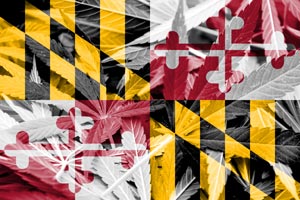American colonists were mandated to cultivate cannabis for hemp, but it all changed when the plant’s medicinal and recreational uses became apparent.
It’s complicated, but things are looking up.
That’s probably the best, most straightforward way to describe this country’s relationship with cannabis. While the last decade has seen a wave of decriminalization and legalization, history shows we haven’t always been so progressive when it comes to marijuana in America.
From the plant’s colonial days as a source of valuable hemp to the blossoming of recreational and medical consumption and the subsequent anti-weed propaganda of the early 20th century, cannabis has been put through the wringer by the government and the court of public opinion.
Yet somehow, it’s grown into a bonafide job-creating industry that’s improving people’s lives.
Let’s look at the history of Cannabis in America to learn why the future’s so bright with mainstream acceptance.
Cannabis and Hemp in Colonial America
Before this country united over holding certain truths to be self-evident, we were in unanimous agreement over hemp.
For anyone a bit confused, hemp and marijuana are both from the same plant, cannabis. The difference lies in the makeup of compounds, as hemp must legally contain 0.3 percent or less THC.
Early colonizers used hemp to produce rope, sails, fishing nets, clothing, canvas, sacks, and paper. During colonial rule, hemp was such a ubiquitous, powerful commodity that England demanded its colonists raise the crop and export it across the pond to prop up the king’s flailing economy.
To that end, the Virginia Assembly passed legislation in 1619 (hemp law 1619) requiring every farmer in the Jamestown colony to grow hemp. This became the first cannabis law of the New World. Similar laws were written in Massachusetts (1631) and Connecticut (1632).
In those pre-Revolutionary War days, even George Washington and Thomas Jefferson grew hemp on their farms. When the time came to show England the door, the Declaration of Independence was written and signed by the Founding Fathers on hemp paper.
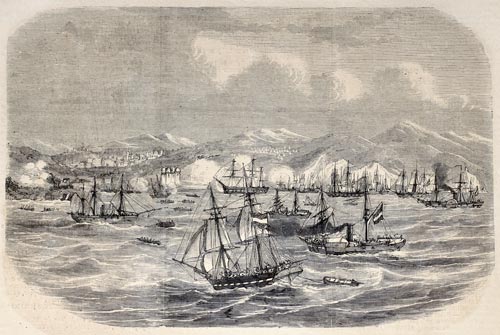
Cannabis and Hemp After the Revolution
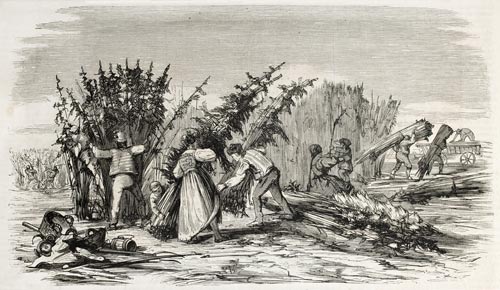
Following the American Revolution, hemp helped cannabis remain a vital crop in the fledgling United States—that is until cotton burst onto the scene, and suddenly hemp’s popularity declined. With hemp no longer in favor, it took drastic measures for marijuana to find its footing and become the basis for an entire industry.
In a twist no one expected, the history of medical marijuana in the United States began mainly with an Irish doctor who spent decades observing the medicinal use of cannabis in India. W. B. O’Shaughnessy documented numerous uses for the plant that had absolutely nothing to do with the manufacturing of sacks or rope.
During his time in Calcutta in the 1830s, O’Shaughnessy was clued into something the people in that country—as well as in China—had known for thousands of years: cannabis is good for what ails you.
To underscore just how ahead of his time O’Shaughnessy was compared to his contemporaries, check out this excerpt from “The Indian Hemp,” The Western Journal of Medicine and Surgery, May 1843:
“The resin of the cannabis Indica is in general use as an intoxicating agent from the furthermost confines of India to Algiers. If this resin is swallowed, almost invariably, the inebriation is of the most cheerful kind, causing the person to sing and dance, to eat food with great relish, and to seek aphrodisiac enjoyment. The intoxication lasts about three hours when sleep supervenes; it is not followed by nausea or sickness, nor by any symptoms, except slight giddiness, worth recording.”
W.B. O'Shaughnessy, M.D.
That’s worth recording, alright.
When O’Shaughnessy returned to England in 1842, he brought a supply of cannabis and continued experimenting.
His work eventually influenced doctors in America, where cannabis entered into the United States Pharmacopeia in 1850. The upstart plant eventually made its way into mainstream medicine as a way of increasing appetite, as well as managing sleeplessness and headaches.
While the years following the American Revolution led to a new appreciation for cannabis in the medical field, it was another revolution that planted the seeds of anti-weed propaganda in America—and simultaneously sparked a backlash against minorities that would be felt for generations to come.
Cannabis and Hemp from 1900-1930
The Mexican Revolution in 1910 pushed immigrants north of the border as they fought to escape civil war. The influx of aspiring American citizens entered our country with their families, rich cultural heritage, and traditions in tow. But, contrary to the disinformation of the early 1900s, the Mexican immigrants did not bring with them bushels of marijuana.
While America was experimenting with medicinal cannabis, Mexico was banning and criminalizing it. Prohibition of marijuana landed in Mexico in 1920, a full 17 years before our country’s federal government cracked down on cannabis (with the Marihuana Tax Act of 1937, more on that later). Unfortunately, American nativists of the time needed fuel to power their anti-immigration sentiment—and that fuel was marijuana.
The criminalization of marijuana in the early 1900s through the 1930s raged on, as opponents of the plant called it a threat to public safety and welfare. Across America, prejudice against Mexicans and African Americans prompted local governments to outlaw cannabis use, with states that had a significant Mexican population leading the charge to ban the plant.
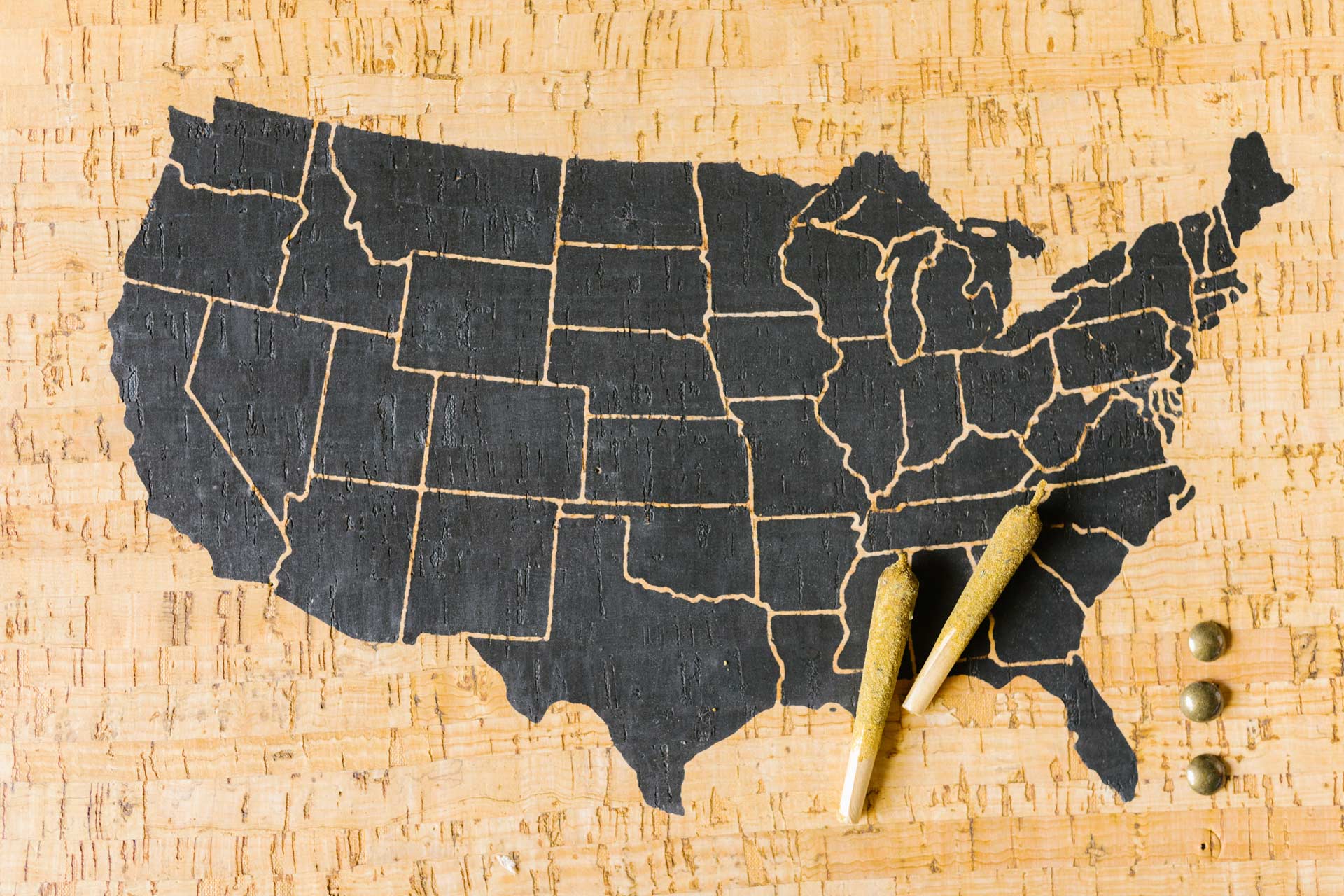
What followed was a wave of anti-marijuana legislation. Ironically enough, California was the first state to prohibit marijuana in 1913, followed by Texas in 1914. The wave crested in 1915 when the federal government declared the importation of cannabis illegal based on the “threat it posed to public health,” citing the 1906 Pure Food and Drug Act.
Then things really got crazy.
Cannabis and Hemp from the 1930s-1970s: From Reefer Madness to High Times
The motion picture you are about to witness may startle you. It would not have been possible otherwise to sufficiently emphasize the frightful toll of the new drug menace, which is destroying the youth of America in alarmingly increasing numbers. Marihuana is that drug—a violent narcotic—an unspeakable scourge
The Real Public Enemy Number One!

So opens the 1936 propaganda film Reefer Madness, an insane yarn about the effects of marijuana on America’s youth. The story follows a group of squeaky clean high schoolers who are corrupted by weed pushers. The kids, at first thinking marijuana is the bee’s knees, soon find out it’s anything but, as their lives are torn apart by manslaughter, murder, and a descent into madness … reefer madness.
The film is goofy, dramatic, and utterly transparent in its agenda, with racial undertones that are barely undertones at all. Watching the movie today is at once hilarious and terrifying—did people actually buy into this nonsense? They did. Let’s roll the film back six years before Reefer Madness was set to celluloid.
In 1930, Harry Anslinger was named the first commissioner of the Federal Bureau of Narcotics, the country’s opening salvo in the war on drugs. With the prohibition of alcohol set to crumble in 1933, Anslinger sought a new public enemy number one.
Contradicting his own words on cannabis (in 1929, he called the idea that it made people violent an “absurd fallacy”), Anslinger made it his mission to rid the U.S. of the “evil weed.” His lurid campaign against cannabis included peddling questionable scientific studies and sensationalized news stories about violent outbursts supposedly caused by the plant.
Anslinger’s anti-pot platform sparked the production of propagandistic films like Reefer Madness and, more seriously, the introduction and passage of the Marihuana Tax Act of 1937. The act more or less criminalized the selling and possession of marijuana (it’s also because of Harry Anslinger that we prefer using the term “cannabis” over “marijuana,” a word with evident racist roots).
While this might sound like the Dark Ages of cannabis, some enlightenment began to break through.
For one, the New York Academy of Medicine issued an extensive report in 1944, declaring that marijuana use did not induce violence and insanity, nor did it lead to addiction or the use of other, more dangerous drugs.
The early 1960s brought about even more positivity, with the shifting political and cultural winds reflecting a more lenient attitude toward cannabis consumption.
Presidents John F. Kennedy and Lyndon B. Johnson commissioned reports that found marijuana was not the gateway to heavier drugs as cannabis consumption increased dramatically in the upper-middle class.
Then, the 1970s saw the repeal of many strict penalties for drug-related offenses, as the unduly harsh mandatory minimum sentences of the 1950s had done nothing to eliminate America’s budding cannabis culture. Meanwhile, pot advocacy groups and cultural institutions dedicated to cannabis education and celebration also began to take shape in the 1970s, with the founding of the National Organization for the Reform of Marijuana Laws (NORML) in 1970 and High Times magazine in 1974.
Indeed, the ’60s and ’70s were a turning point toward legitimacy. Of course, many challenges still lay in the road ahead (the war on drugs of the 1980s, for example), but the cannabis industrial revolution was officially ignited.
Cannabis and Hemp from the 1990s to the Present Day: Decriminalization and Legalization
The 1990s brought significant cannabis community changes.
In 1996, voters in California passed Proposition 215. It officially allowed for the sale and medical use of cannabis for patients with severe and painful diseases, such as AIDS and cancer.
A landmark moment for cannabis in the country, the California vote signaled a seismic shift with other states enacting similar forms of the medical marijuana law in the decades that followed. As for recreational use, Colorado and Washington became the first states to legalize cannabis when voters took to the ballot in 2012.
Today, there are only 12 states that have no current program for legal, THC-rich cannabis, recreational or medicinal. That means 38 states (plus the District of Columbia) have legalized marijuana in the U.S., giving their citizens the green light to partake in this beneficial but misunderstood remedy.
As for decriminalization, 26 states and D.C have at least partially decriminalized marijuana. That means no arrest, prison time, or criminal record for the first-time possession of a small amount of cannabis for personal consumption.
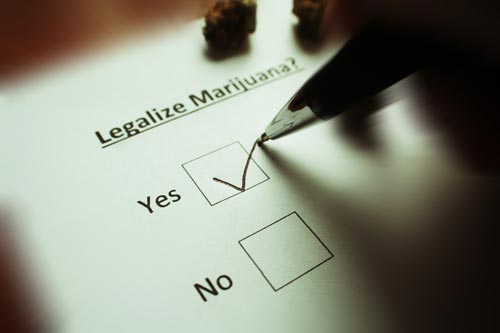
Cannabis Laws in Maryland
With the passage of House Bill 881, medicinal cannabis was legalized in Maryland in 2014. Along with medicinal legalization, Maryland has decriminalized the possession of small amounts of marijuana. Today, the possession of up to 10 grams is considered a civil rather than a criminal offense.
Remedy operates as a Maryland Medical Cannabis Dispensary, working within the legal limitations of the state to serve customers who seek relief from a host of ailments. As the state—and the country at large—progresses toward a greater understanding of the many benefits of cannabis, Remedy will be here to serve and educate.
